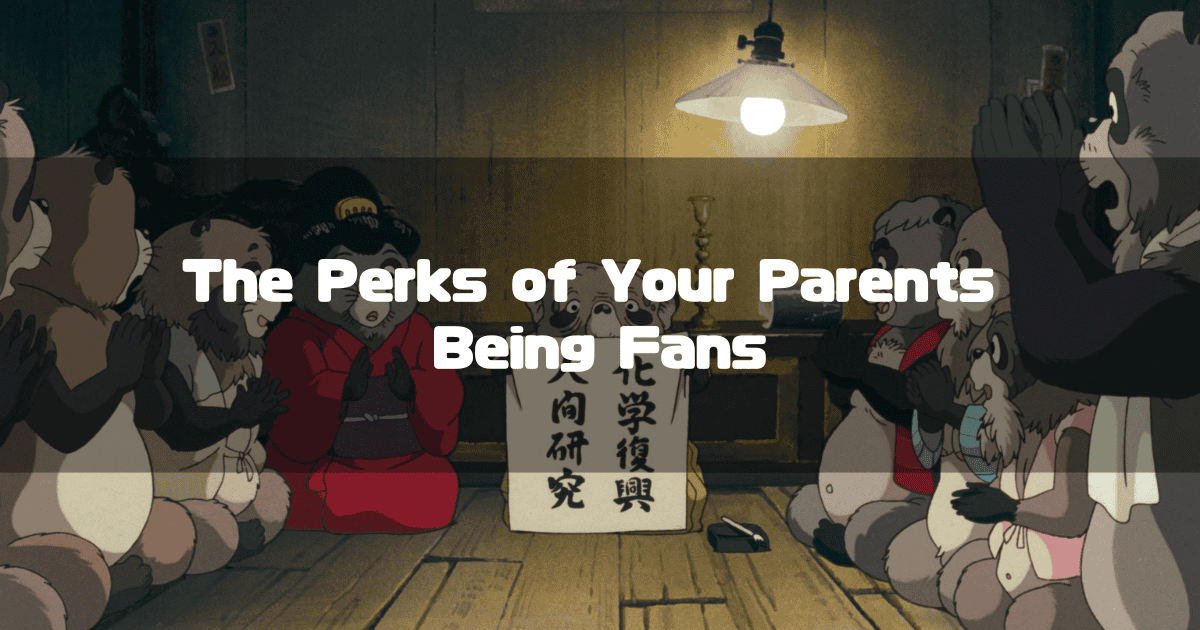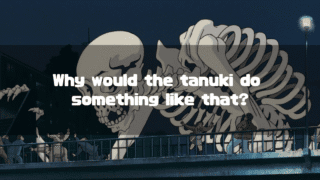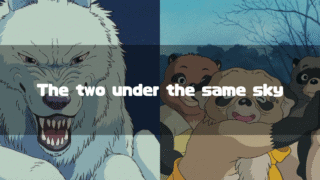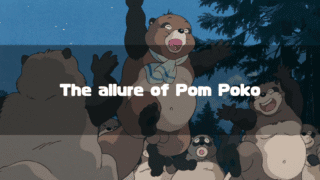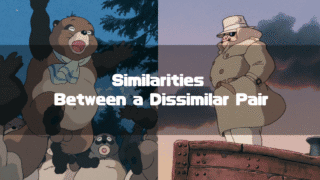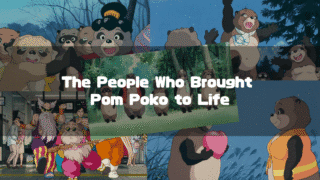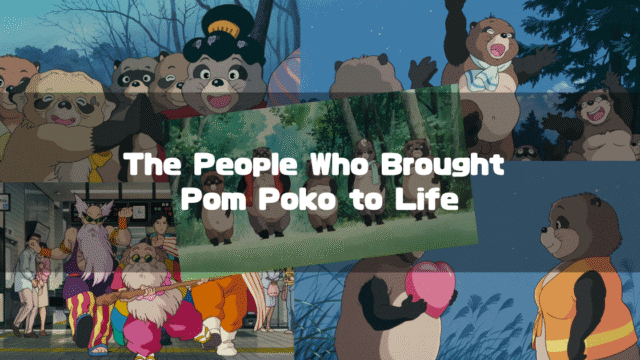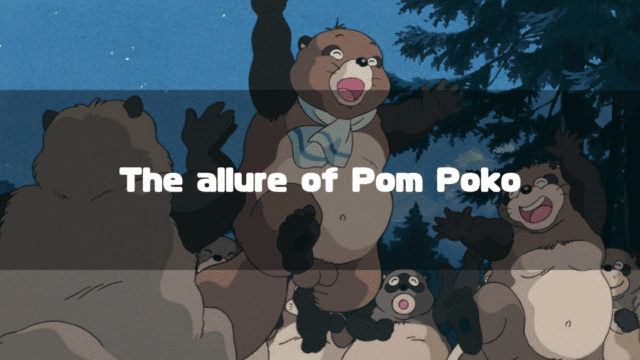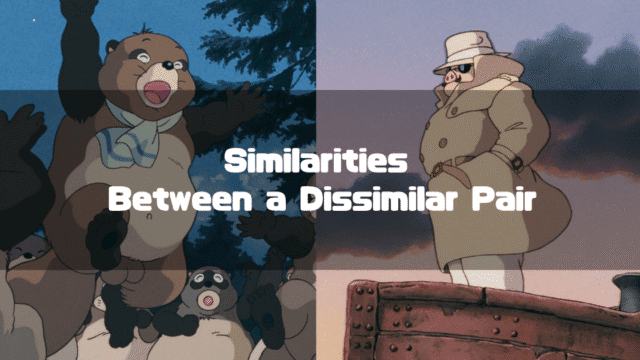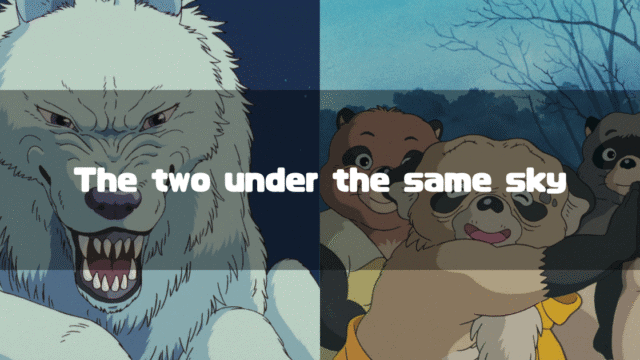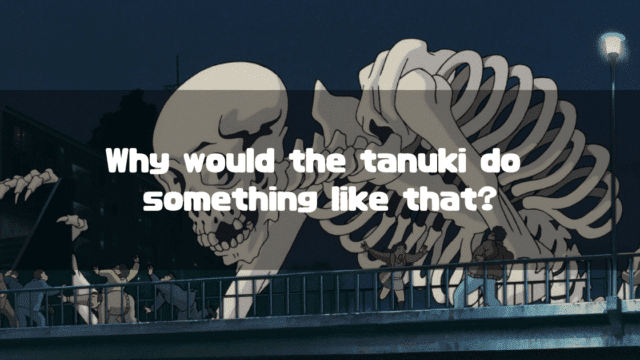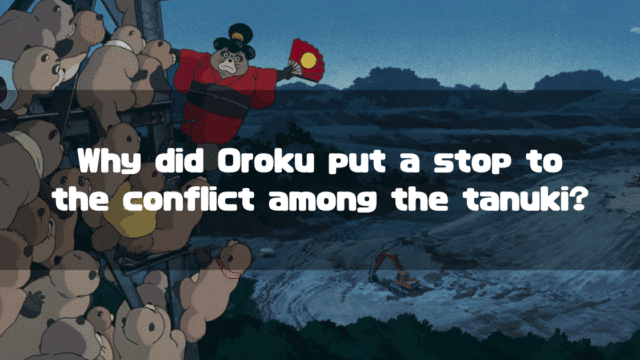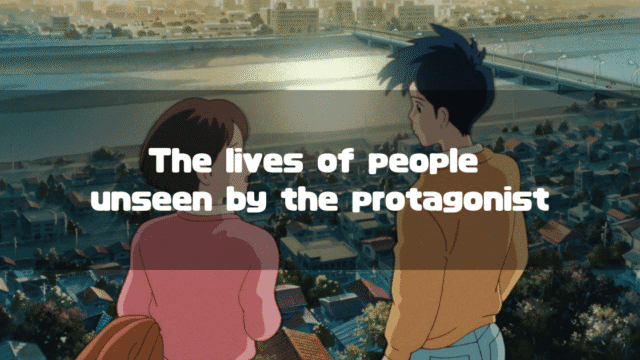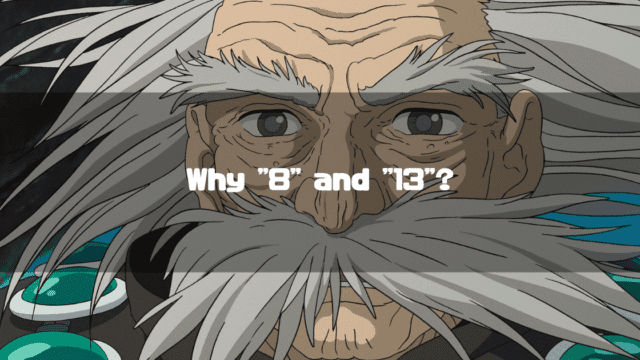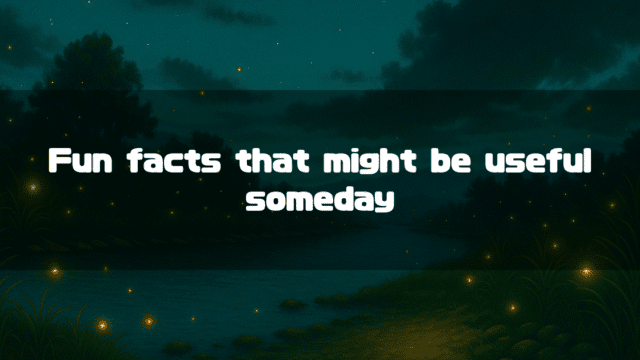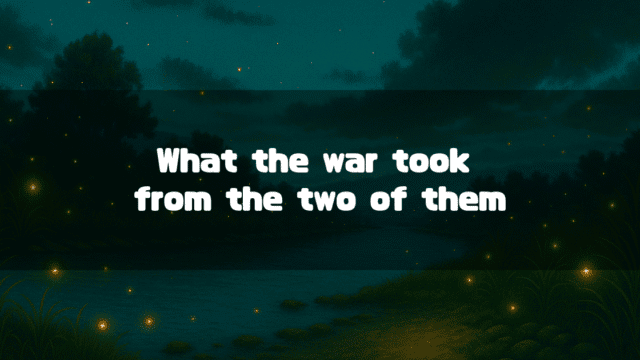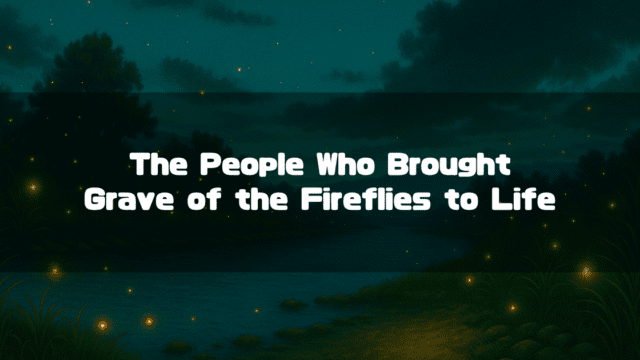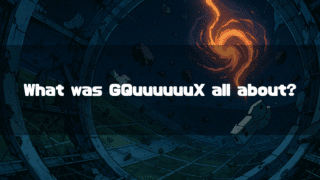What was the first Ghibli movie everyone saw in a theater for the first time in their lives? For me, it was Pom Poko(Studio Ghibli Official). Perhaps because of that, Pom Poko is my favorite among all Ghibli works. I plan to write about the content of the film someday, but this time I want to talk about a memory from my childhood.
Pom Poko was released in 1994, when I was still in the lower grades of elementary school. I barely remember why I went to see it, but I don’t think I was the one who said I wanted to. Considering my father’s behavior afterward, I think he simply wanted to see it himself and took me with him.
Since I was in the lower grades of elementary school, my memories from that time are quite vague, but there’s one thing I remember clearly. I think I’ll start writing from there.
*This article is an English translation of the original Japanese article, 「平成狸合戦ぽんぽこ」の思い出【初めて映画館で見たジブリ作品】.
Let an AI walk you through the highlights of this post in a simple, conversational style.
- Itsudemo Dareka ga and Two Movies
The ending theme of Pom Poko, Itsudemo Dareka ga (Someone is Always There), is the same song used in Yonige-ya Honpo 2 (The Night Movers 2), released the previous year. Its message gives a different impression for each work. Furthermore, the backstory of its release being delayed until the following summer due to production delays deepens the interest in the film. - The Store-Bought VHS and My Father’s “Rakugo-like” Affection
The reason the only store-bought VHS we had at home was Pom Poko was my father’s sympathy for its rakugo-like humor. The existence of a high-priced VHS tape costing 12,800 yen in our home is a symbolic episode of how a parent’s preference at the time influenced their child.
Pom Poko (1994) Shang Shang Typhoon Itsudemo Dareka ga
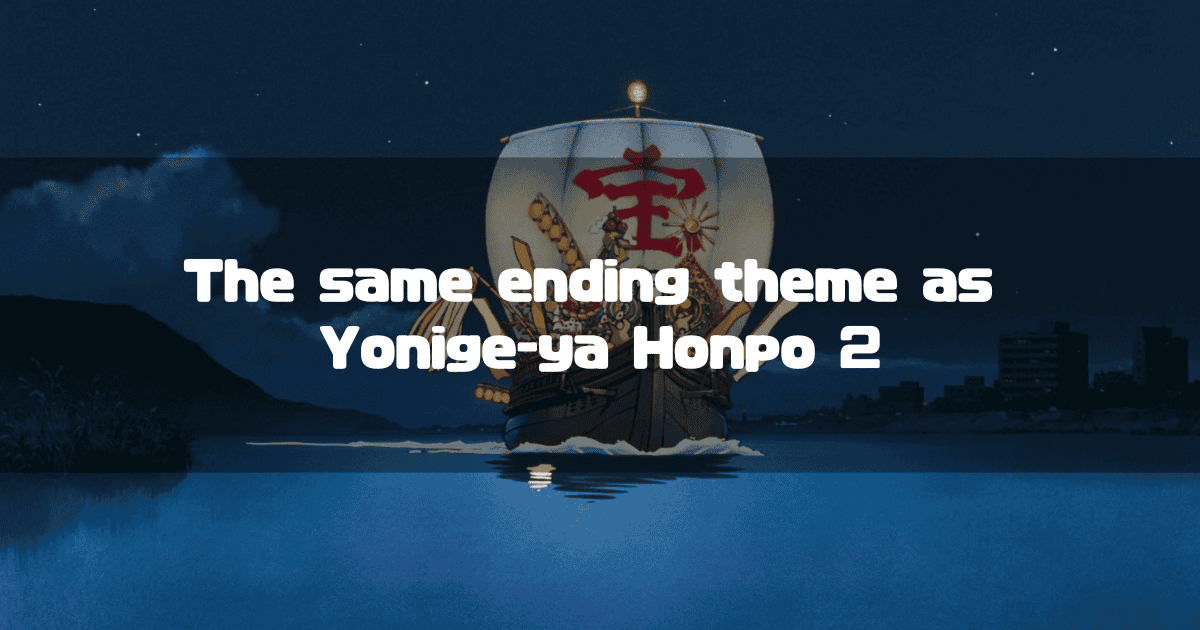
The clearest memory I have of watching Pom Poko in the theater is the moment the ending theme, Itsudemo Dareka ga(Someone is Always There) by Shang Shang Typhoon, started playing. At that moment, I thought, “Oh, that’s the song from Yonige-ya Honpo!“
Pom Poko was released on July 16, 1994, but a year before, on May 15, 1993, a movie called Yonige-ya Honpo 2 was released. As the name suggests, Yonige-ya Honpo is about “night movers,” who help people overwhelmed by debt escape in the middle of the night (I learned the concept of “personal bankruptcy” from Yonige-ya Honpo).
I liked Yonige-ya Honpo series, so naturally, I had gone to see Yonige-ya Honpo 2 the previous year (I might have been the one who pestered my parents to go). When Itsudemo Dareka ga plays at the end of Yonige-ya Honpo 2, it probably means, “No matter how tough things get, we’re here for you!” However, when it plays at the end of Pom Poko, it feels like it has a different message (I plan to write about this aspect later).
Now, these two films share the same ending theme with a year in between, but it’s possible it wasn’t even a full year. This is written about in Ghibli Textbook 8: Pom Poko(ジブリの教科書8:平成狸合戦ぽんぽこ, in Japanese).
According to Toshio Suzuki, Pom Poko was originally scheduled for a winter 1993 release. However, as is a common occurrence with Isao Takahata, production fell behind, and it became clear it wouldn’t be finished in time. Producer Toshio Suzuki decided to postpone the release, but it looked like it would be delayed until the following summer. At that time, if he had announced, “We’re postponing the release until next summer!”, there was a risk it wouldn’t be ready by then either. So, Suzuki announced, “We’re postponing it until next spring,” and to make them believe he was serious, he even had posters made that said “Spring ’94 Release.” Whether this worked or not, Pom Poko was released in the summer of ’94.
Although I’m an animation fan, I’m not a collector, and we don’t have a single figure in our house. Even so, if a poster created just to deceive one person, director Isao Takahata, still exists, I’d want to get my hands on it. I don’t think it exists anymore, but I would have loved to see it.
I’ve strayed a bit from the topic, but the first thing I thought when I saw Pom Poko in a theater for the first time in my life was about the song Itsudemo Dareka ga.
Pom Poko (1994) as the Only Store-Bought VHS in Our House
When I was in elementary school, Ghibli films were already available as commercially sold VHS tapes. However, the Ghibli films I watched at home as a child were not store-bought tapes but recordings of TV broadcasts.
But, to my surprise, for some reason, we had a store-bought copy of Pom Poko.
I think my father liked it for his own reasons. I don’t remember asking for it, and as I mentioned earlier, it was undoubtedly my father’s decision to go to the theater in the first place, rather than me pestering him.
However, the reason my father liked Pom Poko and went out of his way to take his child to the theater didn’t seem to be because he wanted to convey messages like “let’s cherish nature” or “human activities are harming other animals.”
My father seemed to be fond of the “comical” or absurd parts of Pom Poko. He never told me directly, but his words often contained expressions that suggested he was a “rakugo fan.”
Perhaps because of that, my own initial impression of Pom Poko was also “comical.” But it wasn’t “laugh-out-loud funny,” but rather a “rakugo-like comicality,” the kind that makes you say, “Hey, what are you doing? You’re hopeless.”
In any case, thanks to my father liking the film, we had a store-bought VHS at home. The VHS release date was January 1st of the year after its theatrical release, and the price was a whopping 12,800 yen including tax (it’s written on the package). There’s no way I could have pestered my parents into buying something that expensive.
When parents like a work, their children benefit just a little. But now we live in the age of streaming, and individual rentals can be done online, so maybe there are no parents who go out of their way to buy discs anymore. In a way, I was lucky.
That’s all for my personal memories regarding Pom Poko. Next time, I’ll try to talk about the content of the work itself.
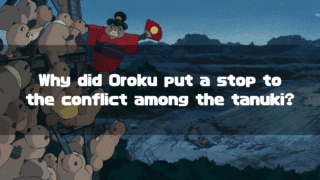
The images used in this article are from “Still Images of Studio Ghibli Works“.
About the Author
Recent Posts
- 2025-10-15
Indiana Jones and the Dial of Destiny(2023):Historical Background-WWII, the Real Dr. Schmidt, the Siege of Syracuse, and the Antikythera Mechanism - 2025-10-08
Why Does Children Who Chase Lost Voices Feel So Ghibli-esque? [Makoto Shinkai’s “Tale of Farewell”] - 2025-10-07
5 Centimeters per Second: Characters, Voice Actors, Character Analysis and Character Map - 2025-10-06
5 Centimeters per Second: Full Synopsis, Analysis, Ending Explained & Character Map (Spoilers) - 2025-10-04
5 Centimeters per Second Is Neither Depressing Nor Terrible: A Positive Interpretation of the Film

